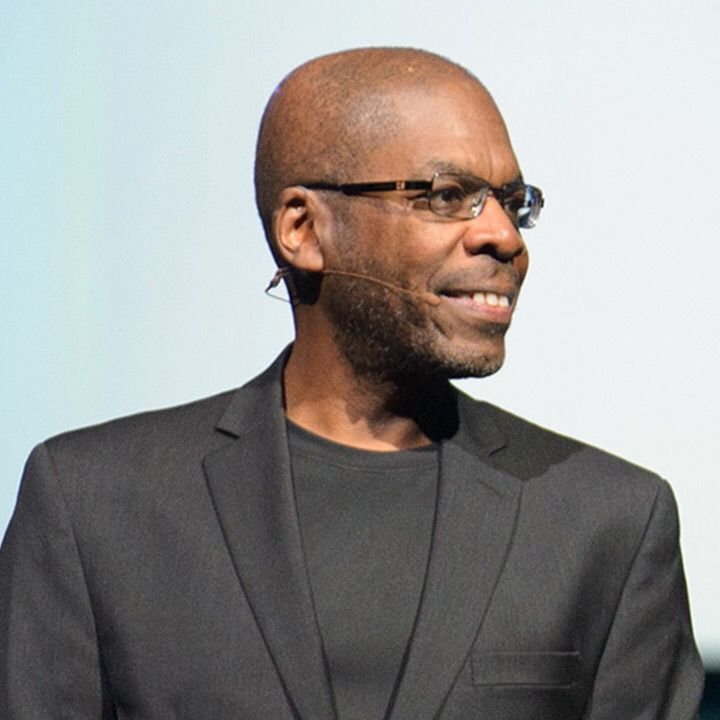When we think of accessibility in schools, the conversation often begins—and ends—with physical access: ramps, elevators, and accessible bathrooms. While these features are essential, true inclusion goes far beyond infrastructure. To create genuinely accessible learning environments, schools must address not only physical barriers but also cognitive, sensory, emotional, and social ones.
The Limitation of Compliance-Based Thinking
Many schools meet the basic legal requirements for accessibility and consider the job done. But inclusion is not just a checklist—it’s a mindset. Compliance ensures entry into the building. Inclusion ensures participation, engagement, and a sense of belonging once inside. A ramp may get a student through the door, but does the curriculum support their learning style? Are teaching materials accessible? Is the classroom culture inclusive?
Universal Design for Learning (UDL): A Proactive Framework
One powerful approach to rethinking accessibility is Universal Design for Learning (UDL). This educational framework encourages schools to design curriculum, assessments, and learning environments that accommodate the widest range of learners from the start—rather than retrofitting materials or creating separate tracks for students with disabilities.
UDL emphasizes multiple means of engagement (why students learn), representation (what they learn), and expression (how they demonstrate learning). By incorporating options for all students—such as audio versions of texts, visual aids, or flexible seating—schools create inclusive spaces that benefit everyone, not just those with diagnosed needs.
Sensory and Cognitive Accessibility
Students with sensory processing issues, autism, ADHD, or learning differences often struggle in environments that are overstimulating or rigid. Bright fluorescent lights, noisy hallways, and inflexible schedules can become daily stressors. Schools can address these barriers by offering quiet zones, allowing noise-canceling headphones, providing visual schedules, or offering breaks as needed.
Instructional materials should also be varied and adaptable. Digital tools with text-to-speech functionality, captioned videos, and interactive learning platforms help level the playing field for students with different learning needs.
Social Inclusion: The Often-Missed Element
True accessibility also requires an inclusive school culture. Are students with disabilities participating in group activities, sports, and leadership roles? Are they represented in classroom discussions and peer interactions? Inclusion is not only about access to space or content—it’s about being valued and included in the social fabric of the school.
Teacher training is critical here. Educators should receive ongoing professional development on inclusive teaching practices, disability awareness, and how to foster a sense of belonging among all students.
Family and Student Voices Matter
Parents and students are powerful advocates and collaborators. Schools that listen to families and incorporate their feedback into policies and practices are better positioned to meet diverse needs. Regular communication, inclusive planning committees, and transparent decision-making processes make a difference.
Conclusion
Accessibility is not a feature—it’s a philosophy. Moving beyond the ramp means reimagining what it means to include every learner in every aspect of school life. By embracing holistic, student-centered approaches to accessibility, schools can create environments where all children not only attend but thrive.

